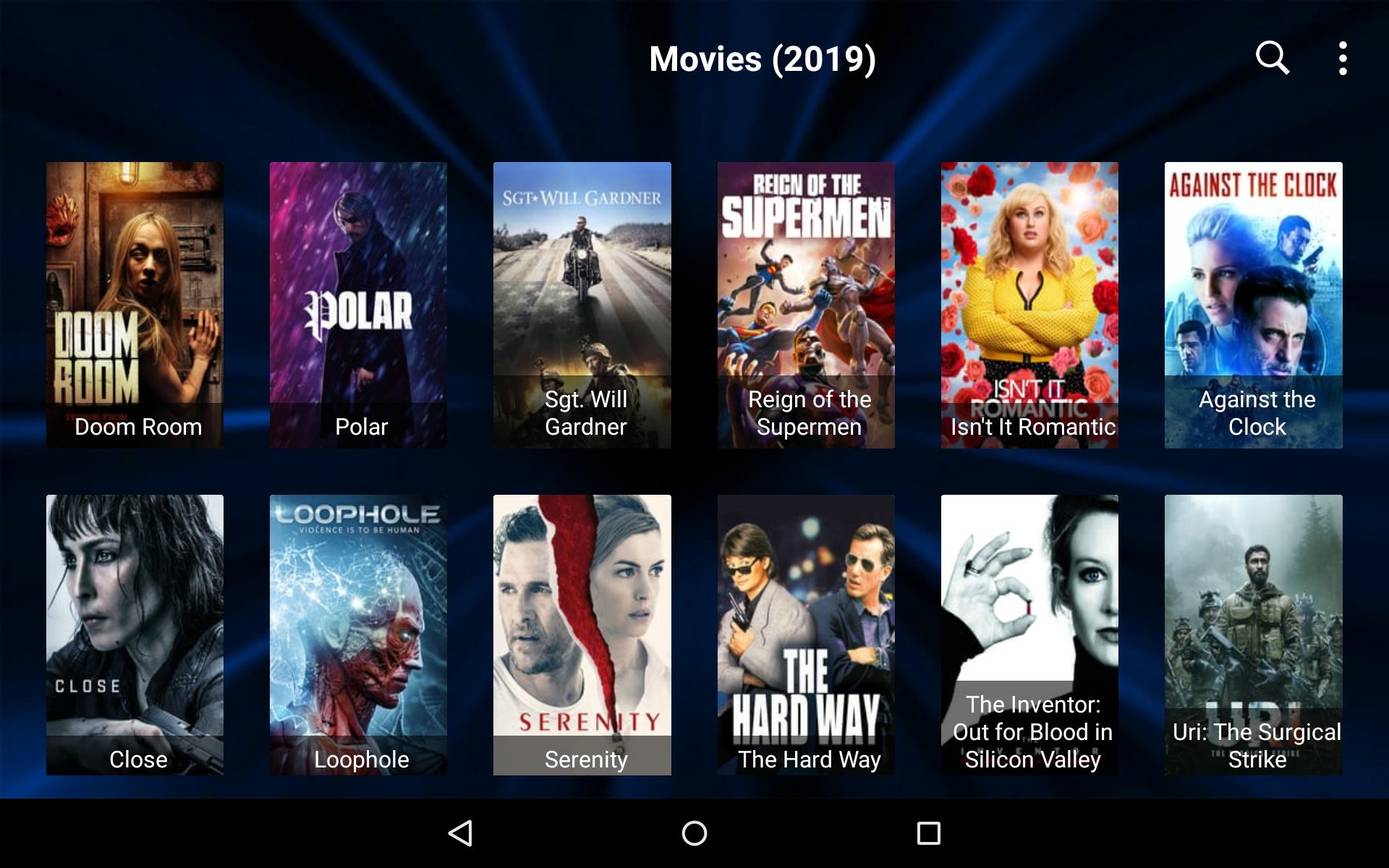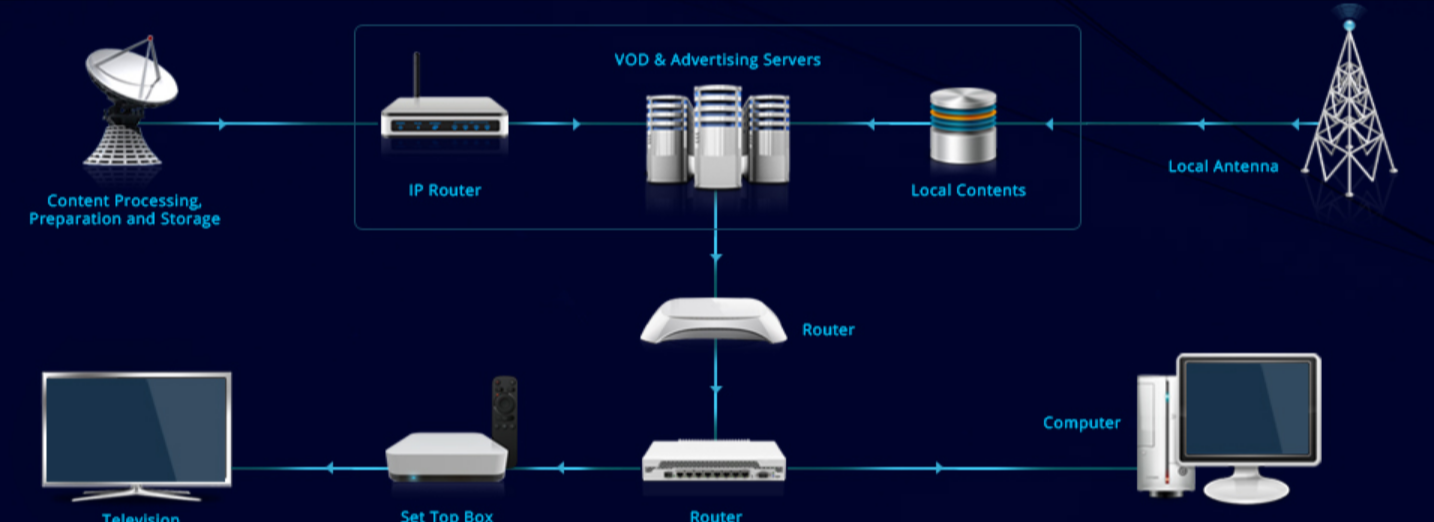As the internet has grown, so have the opportunities for people to make money online. With platforms like OTT and IPTV offering lucrative opportunities, video streaming has grown to be one of the most popular ways for people to make money. With the help of these platforms, users can stream high-quality video content over the internet, which can be monetized through pay-per-view, subscriptions, or advertising.
These platforms can be used by bloggers, vloggers, content creators, and data entry specialists to reach larger audiences and make money through sponsored content, brand partnerships, and affiliate marketing. It’s a great opportunity for those looking to make money online because of the rising demand for original and captivating content caused by the popularity of video streaming.
In this article, we’ll look more closely at IPTV’s operation, advantages, major IPTV streaming providers, difficulties, and limitations, as well as what the future holds for this fascinating new technology.
What Is IPTV?

The IPTV digital TV broadcasting standard is utilized by both online TV show distribution and other video content. IPTV provides interactive features and two-way communication over traditional cable or satellite TV. Through this approach, any location with an internet connection can access a wide range of content. Hotels and vacation destinations began utilizing IPTV at the beginning of the 1990s.
All people can now easily access IPTV thanks to smart TV developments in internet technology. On-demand media, TV shows, and movies are all readily accessible with IPTV. Millions of people already use IPTV services, which are becoming more and more popular as a result of their adaptability and simplicity.
Types Of IPTV Smart TV Services
Today, a variety of IPTV streaming service types are available for selection. The most well-known IPTV services are as follows:
-
Video on Demand (VOD)
It is a service that allows users to access a pre-recorded selection of movies, TV shows, and other content at any time they wish. It is an on-demand service, meaning the user can choose to watch any video they want, whenever they want to watch it.
-
TV on Demand (TVoD)
Instead of having to watch TV shows or movies when they are broadcast, it refers to having access to them whenever you want. It gives viewers the freedom to decide what they want to watch, when they want to watch it, and on which device they want to watch it.
-
Near Video on Demand (NVoD)
Similar to traditional TV broadcasting, this video streaming service gives users access to a variety of video content at predetermined times. In contrast to Video on Demand (VoD), NVoD offers scheduled access to content rather than letting users choose and watch content whenever they want.
-
Time Shifted TV
The ability to view previously broadcast television shows at a later time using tools like DVRs, on-demand Smart TV services, or catch-up TV Bypassing the constraints of conventional broadcast schedules, it enables viewers to watch their preferred shows whenever they want.
-
Live Broadcast
The term “live broadcast” describes the transmission of audio and video content in real-time via the internet or other media platforms, enabling viewers to witness events as they take place.
How IPTV Streaming Providers Work?

Instead of using conventional broadcasting techniques like cable or satellite, IPTV (Internet Protocol Television) delivers television content through an internet protocol network. Users can watch TV shows and movies on their devices in real-time or on demand because the content is transmitted over an IP network in small data packets.
The typical IPTV infrastructure consists of a content delivery network (CDN), a video-on-demand (VOD) server, and a middleware system that controls user interactions and content delivery. Due to this, IPTV service providers in the USA can now offer interactive features like video-on-demand, time-shifted TV, and digital video recording.
The degree of control that viewers have over their viewing experience is one of the primary distinctions between IPTV and conventional broadcasting. With IPTV, users can access content from a range of gadgets, including smartphones, tablets, and smart TVs, and pause, rewind, and fast-forward through programs.
Top IPTV Service Providers
Some of the more well-known IPTV providers include AT&T TV, DirecTV Stream, Sling TV, Hulu with Live TV, and YouTube TV. Different pricing plans and bundles are available through these services, some of which might include extras like premium channels and sports packages.
Users can compare service providers and package offerings based on features and cost to determine which one best suits their needs. Users can make informed decisions by using user reviews and feedback, which can also provide insightful information about the quality of service, channel options, and user experience provided by each provider.
How To Start Your IPTV Channel
A few crucial steps are needed to launch your own IPTV streaming channel. You must first choose the programming and content you want to present to your audience. After that has been accomplished, you must pick a reputable IPTV service provider and resolve technical issues like server hosting, streaming software, and video encoding.
Additionally, the content must be licenced and given the necessary copyright permissions. The branding for your channel, including logos, graphics, and marketing collateral, must then be designed. Finally, to draw viewers and cultivate a devoted audience, you should advertise your channel online, on social media, and through word-of-mouth campaigns.
How To Monetize Your IPTV Channel
Below are some ways you can monetize your IPTV network to earn revenue when your content is viewed by viewers:
-
Advertising
It is a well-known method for making money from your streamed content. There are various forms of advertisements that you can include between your content, including pre-roll ads and video ads. These ads can help you generate significant revenue.
-
Monthly Subscriptions
If you have a large number of followers and consistently post new content on your IPTV channel, setting up monthly subscription plans can help you generate leads and earn a good income.
-
Google Ad-Sense
By following a few steps and techniques, Google Ad-Sense allows you to add ads to your content.
-
Video on Demand
When you are no longer able to generate revenue from your content, Video on Demand can be a useful tool. Users can watch your content anytime, allowing you to earn income from content that was posted months or years ago.
Conclusion
IPTV offers a fresh method for distributing and charging for content. The expansion of IPTV is being fueled by the rise in the use of smart TVs, mobile devices, and high-speed internet. To make money from their IPTV services, content producers and distributors can use a variety of monetization models, including pay-per-view, advertising, and subscriptions. The market for IPTV is predicted to expand as demand for personalized content rises.









